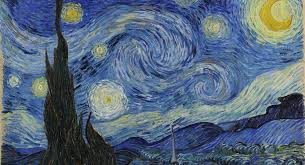recreated
MASTERPIECES OF PASTEL FROM FUNDS OF THE TREYAKOV GALLERY (part 2)
 In Russia, pastel technique appeared in the second half of the XVIII century, but never reached such popularity as in Europe. The first pastors known to us were invited foreign masters – G.-F. Schmidt, V. Eriksen, Gagelgans, I.-G. Schmidt, I. Bardou and their younger contemporary K. Bardou. Many of them were portrait painters. Their works are executed at a good professional level, in the tradition of cabinet portraiture. They are characterized by a picturesque solution, they carefully wrote out individual features, finely modeled faces, powdered wigs, carefully detailed clothing, thin foam of lace, the mysterious sparkle of orders, the gentle shimmer of tones typical of pastels. In these small, often paired, family portraits that once adorned the walls of Russian noble nests, live human faces, famous and unknown, appear in front of the viewer – people who have gone down in history but have not sunk into oblivion, thanks to artists who have preserved their appearance for posterity. Continue reading
In Russia, pastel technique appeared in the second half of the XVIII century, but never reached such popularity as in Europe. The first pastors known to us were invited foreign masters – G.-F. Schmidt, V. Eriksen, Gagelgans, I.-G. Schmidt, I. Bardou and their younger contemporary K. Bardou. Many of them were portrait painters. Their works are executed at a good professional level, in the tradition of cabinet portraiture. They are characterized by a picturesque solution, they carefully wrote out individual features, finely modeled faces, powdered wigs, carefully detailed clothing, thin foam of lace, the mysterious sparkle of orders, the gentle shimmer of tones typical of pastels. In these small, often paired, family portraits that once adorned the walls of Russian noble nests, live human faces, famous and unknown, appear in front of the viewer – people who have gone down in history but have not sunk into oblivion, thanks to artists who have preserved their appearance for posterity. Continue reading




